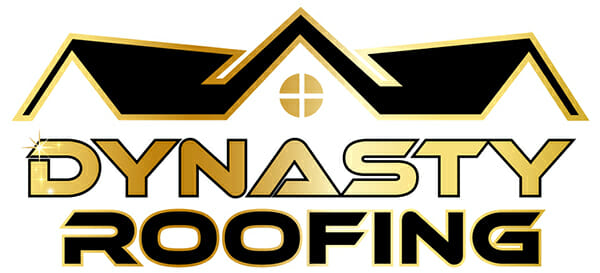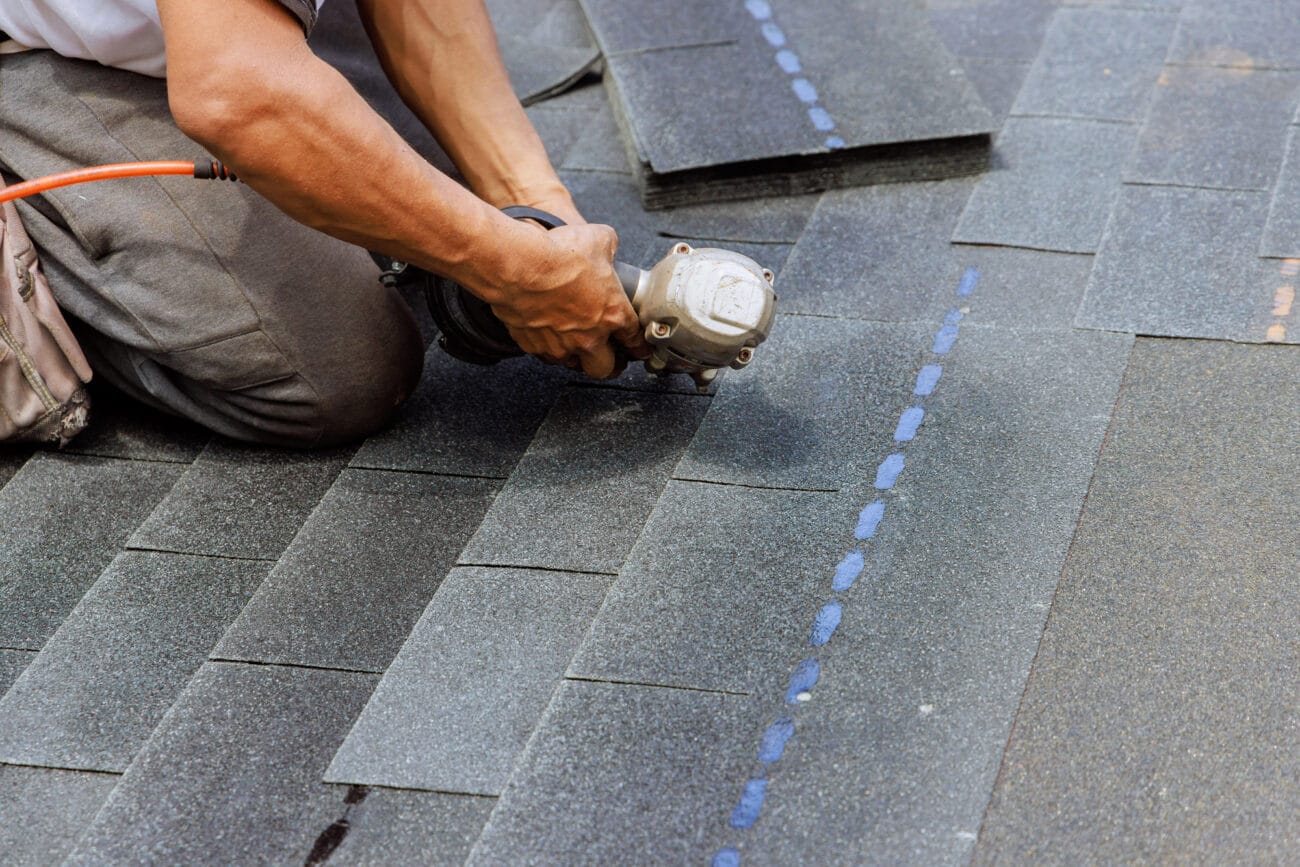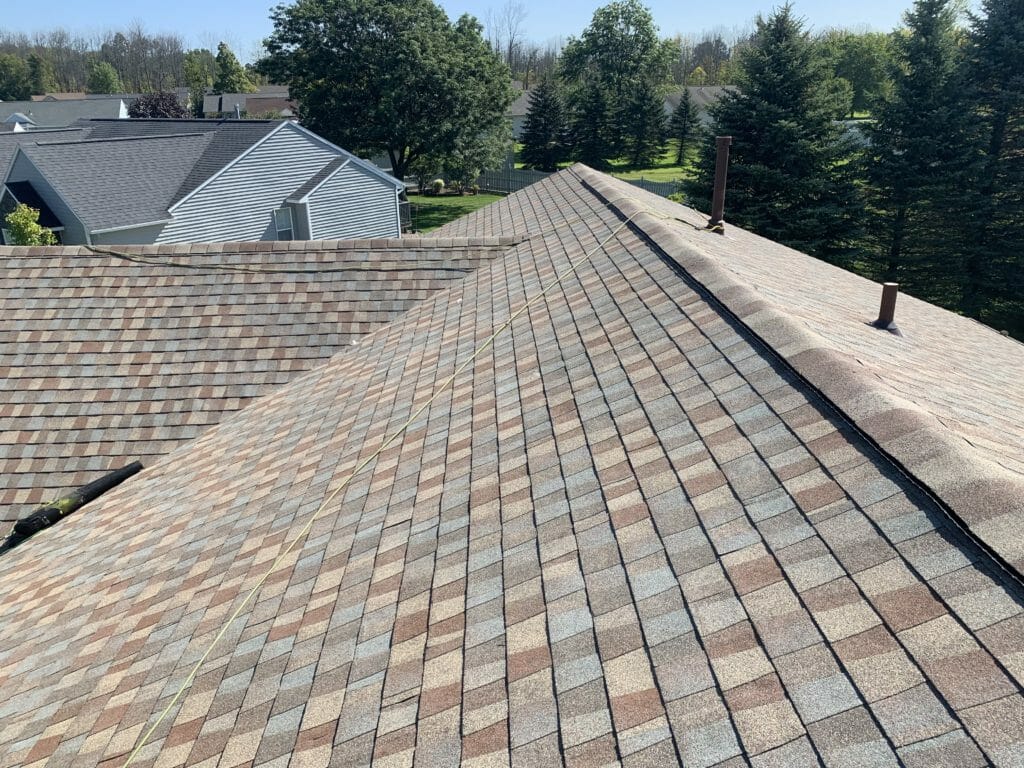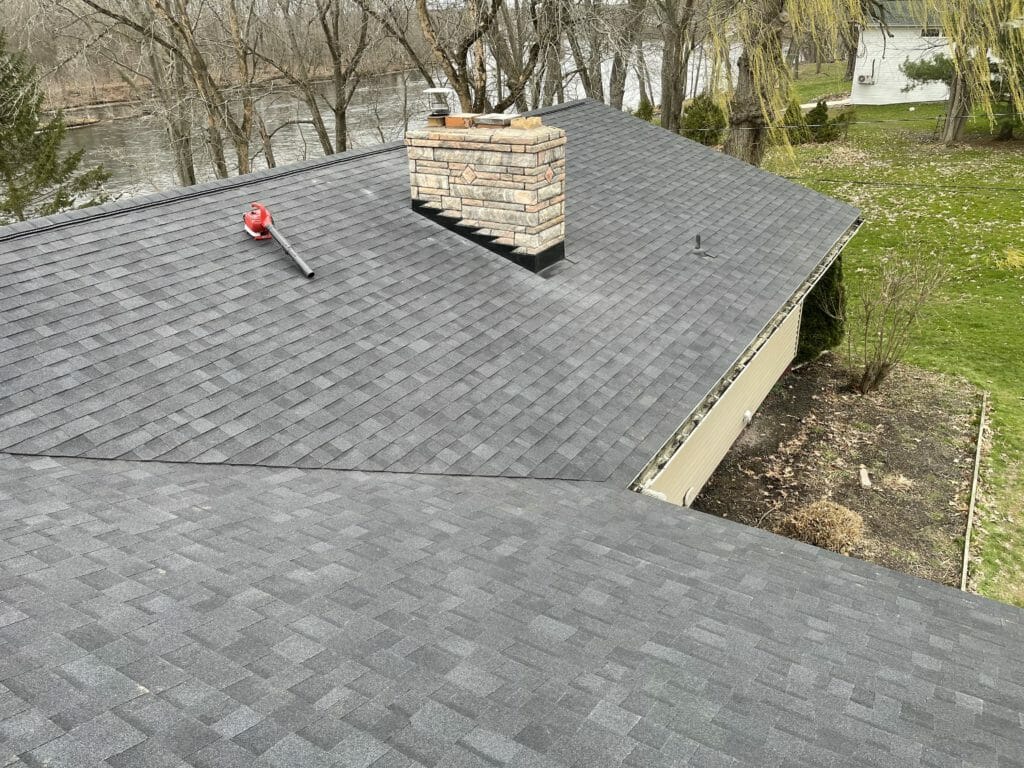Signs Your Home Needs Roof Repair in Fayetteville or Camillus: How to Identify and Act on Roof Damage
Early detection of compromised roofing can save Fayetteville and Camillus homeowners thousands in structural restoration by preventing leaks, mold growth, and energy loss. This guide delivers clear, actionable insights into the most common exterior and interior warning signs, root causes of leaks, optimal inspection schedules, cost factors for sagging repairs, chimney flashing solutions, and preventive measures. You will learn how to spot damaged shingles and flashing, interpret attic moisture indicators, understand local weather impacts, decide when to call in professionals, budget for structural fixes, and maintain your roof’s longevity. By recognizing these signs you need roof repair in Fayetteville or Camillus, you can secure your investment and preserve the comfort of your home.
What Are the Most Common Visible Signs of Roof Damage in Fayetteville and Camillus?
Visible roof damage often begins with material failure that compromises water shedding and structural integrity. Noticing external cues early allows targeted repairs before interior harm develops.
How to Identify Missing, Cracked, or Curling Shingles
Missing or deformed asphalt shingles indicate weakening waterproof barriers and expose underlying decking to moisture infiltration. Cracked shingles lose granule coverage and allow water penetration at split points, while curling edges signal age-related brittleness and wind uplift risk. For example, curling along the shingle margins often precedes shingle detachment during the next storm. Inspect roof slopes after high winds for absent or displaced shingles. Look for hairline cracks along the shingle surface under bright light. Identify edges lifting away from nail heads, which points to curling stress. Observing these defects promptly helps maintain a continuous barrier against rain, preventing rot and leaks.
What Does Granule Loss in Gutters Indicate About Your Roof?
Granule accumulation in gutters reflects shingle surface erosion caused by UV radiation, hail impact, or heavy foot traffic. These mineral granules protect the asphalt core from sunlight degradation and provide fire resistance. Finding brownish grit in downspouts and troughs means shingles are losing their protective coating, which can accelerate shingle deterioration and reduce thermal insulation. Granules washing out after storms suggest hail or debris damage. Consistent granular residue over multiple seasons signals aging shingles. Bare patches on shingle heads reveal direct asphalt exposure to elements. Addressing granule loss restores reflective properties and prolongs shingle lifespan by halting substrate erosion.
How Can You Detect a Sagging or Uneven Roofline?
A sagging roofline results from compromised trusses, waterlogged decking, or insulation overloading, compromising load distribution and inviting leaks. Early detection prevents catastrophic collapse and widespread water damage. Even a small dip can evolve into a severe breach under snow loads, so professional assessment is critical when deflection exceeds one inch.
How Much Does Sagging Roof Repair Cost in Camillus and What Are Your Options?
What Causes a Roof to Sag and How Serious Is It?
Roof sagging typically results from water-saturated decking, undersized rafters, or overburdened insulation that weaken support members. Left unaddressed, sagging accelerates drainage problems and structural destabilization. Water infiltration rots sheathing and joist ends, reducing load capacity. Inadequate roof framing or span designs lead to excessive deflection. Heavy attic storage or dense insulation materials add undue downward force. Severity escalates as deflection increases: minor dips may warrant reinforcement, while major sags demand full framing replacement.
What Are the Repair Solutions for Sagging Roofs in Camillus?
Repair options range from reinforcing joists and sistering rafters to replacing water-damaged decking and adjusting roof framing to manufacturer specifications. Installing metal plates or timber sister beams alongside weakened rafters restores strength. Replacing compromised sheathing and installing new underlayment ensures water-tightness. Upgrading to engineered trusses corrects load distribution for long-term stability. Selecting the right solution balances urgency, structural demands, and budget considerations.
What Are the Signs and Solutions for Chimney Flashing Leaks in Fayetteville and Surrounding Areas?
How to Detect Chimney Flashing Leaks Early
Visual inspection around chimney bases and roof intersections reveals flashing breaches before water stains appear indoors. Check for cracked or missing mortar sealant between flashing and chimney. Look for rust stains or water trails on adjacent shingles. Feel for dampness inside attic near chimney flashing during or after rain. Identifying flashing leaks early prevents water from migrating into structural framing and living spaces.
What Are the Common Causes of Chimney Flashing Damage?
Exposure to freeze-thaw cycles, thermal expansion, and chimney movement can deteriorate flashing seals and metal integrity. Ice formation between flashing and chimney dislodges sealants. Expansion of masonry exerts upward pressure on flashing seams. Wind-driven debris loosens fasteners and deforms metal strips. Understanding these causes guides selection of durable materials and flexible flashing systems.
What Does Chimney Flashing Leak Repair Involve?
Repairing chimney flashing often includes removing old sealant, installing new step flashing, and applying high-grade waterproof membranes. Costs vary by complexity and chimney height. Resealing mortar joints and replacing metal flashing strips. Integrating a chimney cricket to divert water around the chimney base. Applying flexible rubberized underlayment for added protection.
When Should You Consider Professional Roof Inspections in Fayetteville and Camillus?
Why Are Regular Roof Inspections Crucial for Early Damage Detection?
Regular inspections uncover small defects—like loose shingles or minor flashing gaps—before they evolve into major leaks or structural compromise. Industry statistics show that annual checkups can extend asphalt shingle lifespan by up to five years by catching early wear. Technicians evaluate shingles, flashing, gutters, and attic conditions. Infrared scanning reveals moisture trapped under roofing layers. Detailed reports prioritize urgent repairs and budget planning.
What Happens During a Professional Roof Inspection?
The roof surface is checked for granule loss, cracks, and lifting shingles. Flashing around chimneys, vents, and skylights is probed for sealing integrity. Attic interiors are scanned for moisture markers, mold, and insulation performance. This comprehensive evaluation identifies vulnerabilities and recommends targeted maintenance or repairs.
How Often Should You Schedule Roof Inspections in Fayetteville and Camillus?
Annual assessments align with warranty requirements for many shingle manufacturers. Post-storm reviews catch immediate damage from wind uplift and debris impact. Biennial checks may suffice for newer roofs in moderate climates but still benefit from targeted evaluations after extreme weather. Maintaining a consistent inspection schedule prevents deferred maintenance and preserves warranty eligibility.
How Can You Prevent Roof Damage and Extend Your Roof’s Lifespan in Fayetteville and Camillus?
What Routine Maintenance Practices Help Avoid Roof Repair Needs?
Regular upkeep tasks address debris accumulation and minor defects before they escalate into leaks or rot. Clearing gutters and downspouts of leaves and granules after storms. Trimming overhanging branches to reduce impact damage and moss growth. Inspecting and replacing deteriorated sealants around vents and dormers.
How Does Proper Attic Ventilation Prevent Moisture and Mold Issues?
Effective ventilation balances attic airflow, preventing moisture trapping that leads to mold growth and material decay. Exhaust vents at ridges combined with intake soffits create a convective path for humid air. Ridge vents allow warm, moist air to escape under roof peak. Soffit vents draw fresh air from eaves, maintaining balanced airflow. Adequate insulation complements ventilation by preventing condensation. A well-ventilated attic protects roof decking and insulation from moisture damage while stabilizing indoor temperatures.
What Are the Benefits of Seasonal Roof Checkups After Severe Weather?
Post-storm inspections catch impact damage and loosened materials before they become hidden leaks. Seasonal checkups align with local weather cycles to address specific vulnerabilities. Winter reviews identify ice dam formation and soffit blockages. Spring inspections spot hail bruises and blown-off shingles. Fall checkups prep roofing for upcoming freeze-thaw stress. Scheduling checkups after each season ensures that evolving weather patterns in Fayetteville and Camillus don’t undermine roof performance.
Repairing visible defects, addressing interior warning signs, investigating leak causes, scheduling professional inspections, budgeting for structural corrections, and maintaining your roof through routine care collectively safeguard your home against water infiltration, energy loss, and premature material failure. Acting on these signals now protects your family’s comfort, preserves property value, and extends the service life of your roof well into the future.





